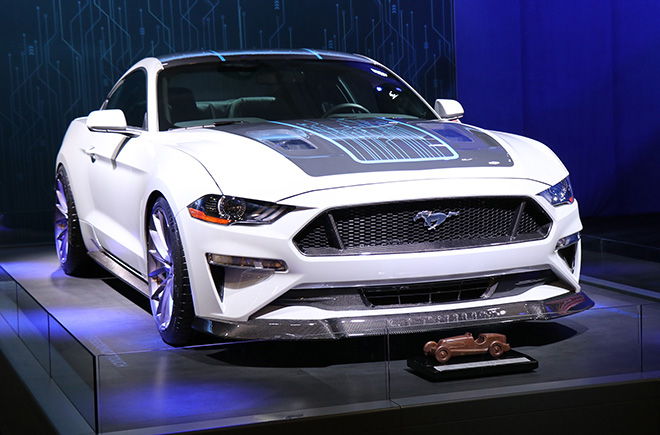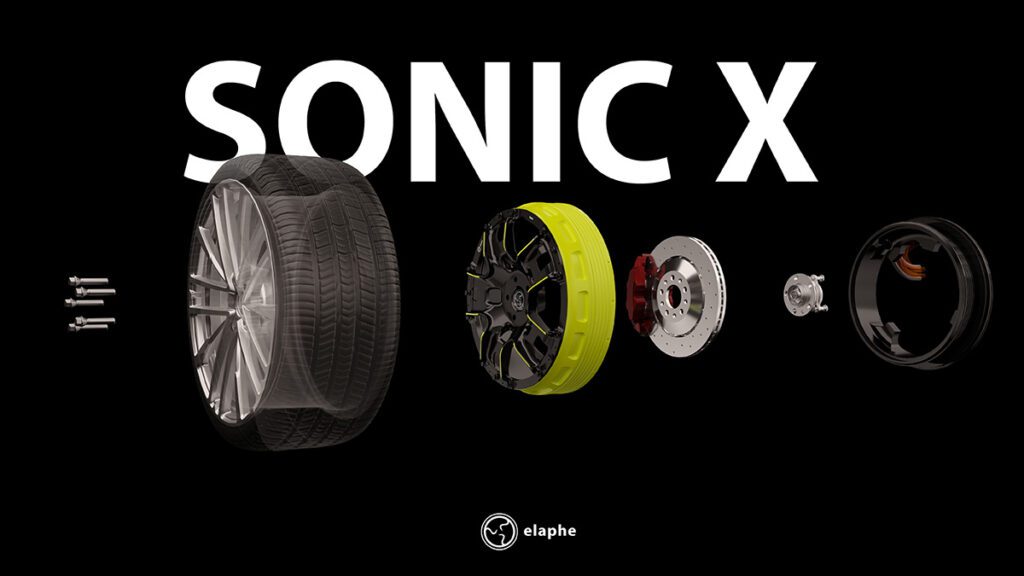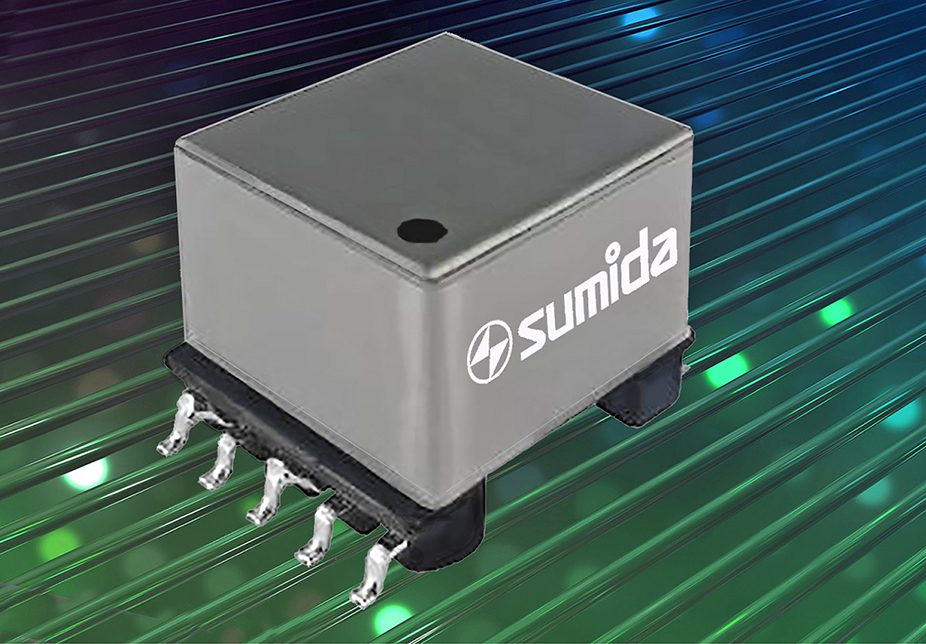Ford and parts supplier Webasto have revealed the Mustang Lithium, a one-off high-performance electric Mustang fastback prototype that boasts more than 1,000 ft-lbs of torque and more than 900 hp. With the unveiling, Ford says it hopes to gauge customer interest in electric sports cars. It is also using the vehicle as a test bed for battery and thermal management technologies that the two companies have created.
The Mustang Lithium features a Phi-Power dual-core electric motor, dual power inverters, and an 800-volt Webasto battery system. Porsche may have started a trend here – Ford says the 800-volt powertrain is lighter and more powerful, and generates less heat than the 400-volt systems used in most EVs on the road today.
Unlike most EVs, the Mustang Lithium features a 6-speed manual transmission. It also includes the TurboDX charging solution and TurboCord portable charger from AeroVironment.

Ford plans to invest some $11.5 billion in electrified vehicles by 2022. Upcoming models include a Mustang-inspired electric SUV and an electric F-150. The 2020 Ford Explorer and Escape hybrid SUVs feature the company’s fourth-generation lithium-ion battery technology, which is similar to the system used on the Mustang Lithium.
“Ford has made no secret of the fact that we are electrifying our most popular nameplates,” said Hau Thai-Tang, Ford’s Chief Product Development and Purchasing Officer. “This one-off Mustang prototype is a great opportunity for us, together with Webasto, to showcase to our customers what a new electrified powertrain can do for performance in a car they already know and love.”

Source: Ford




















































































